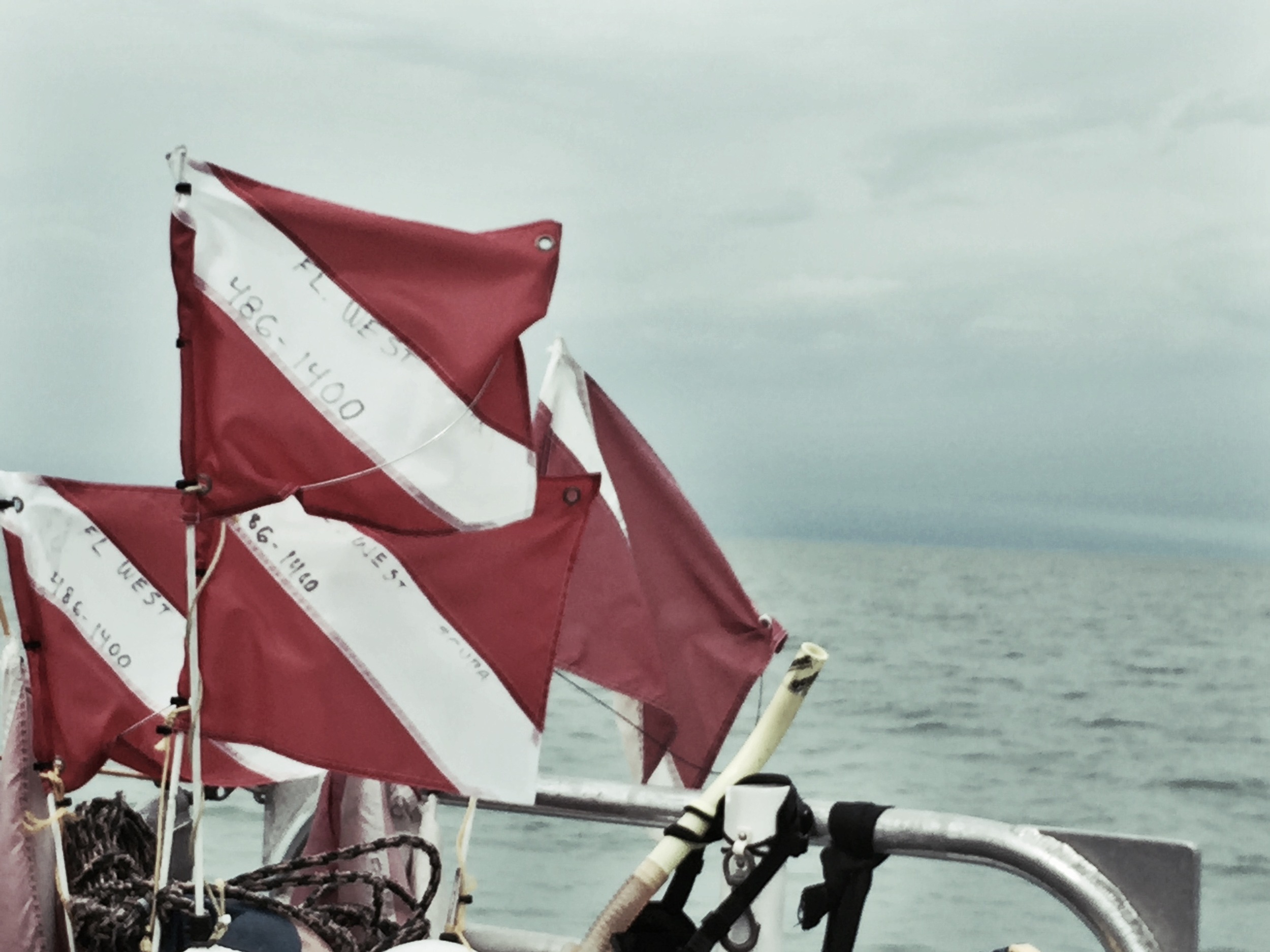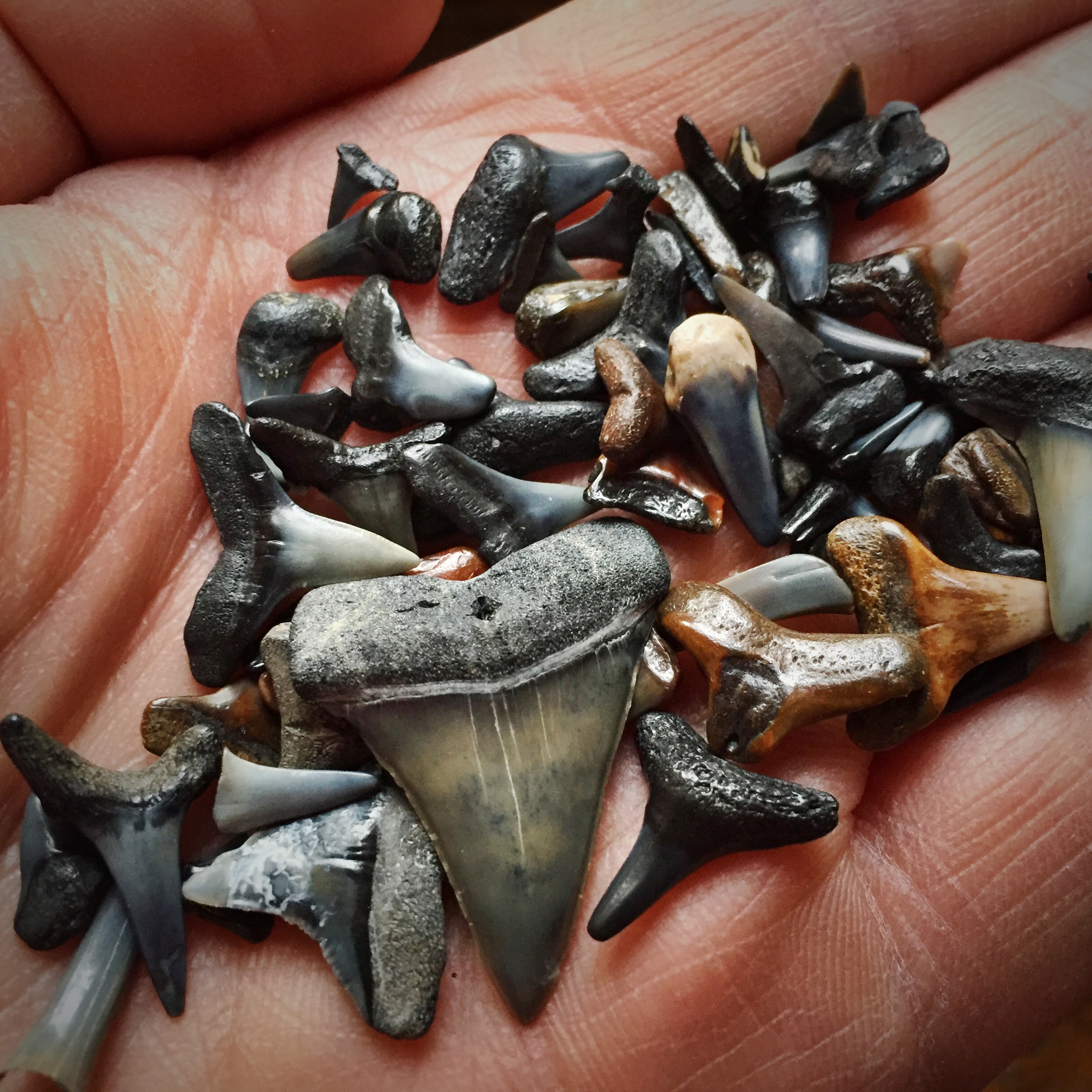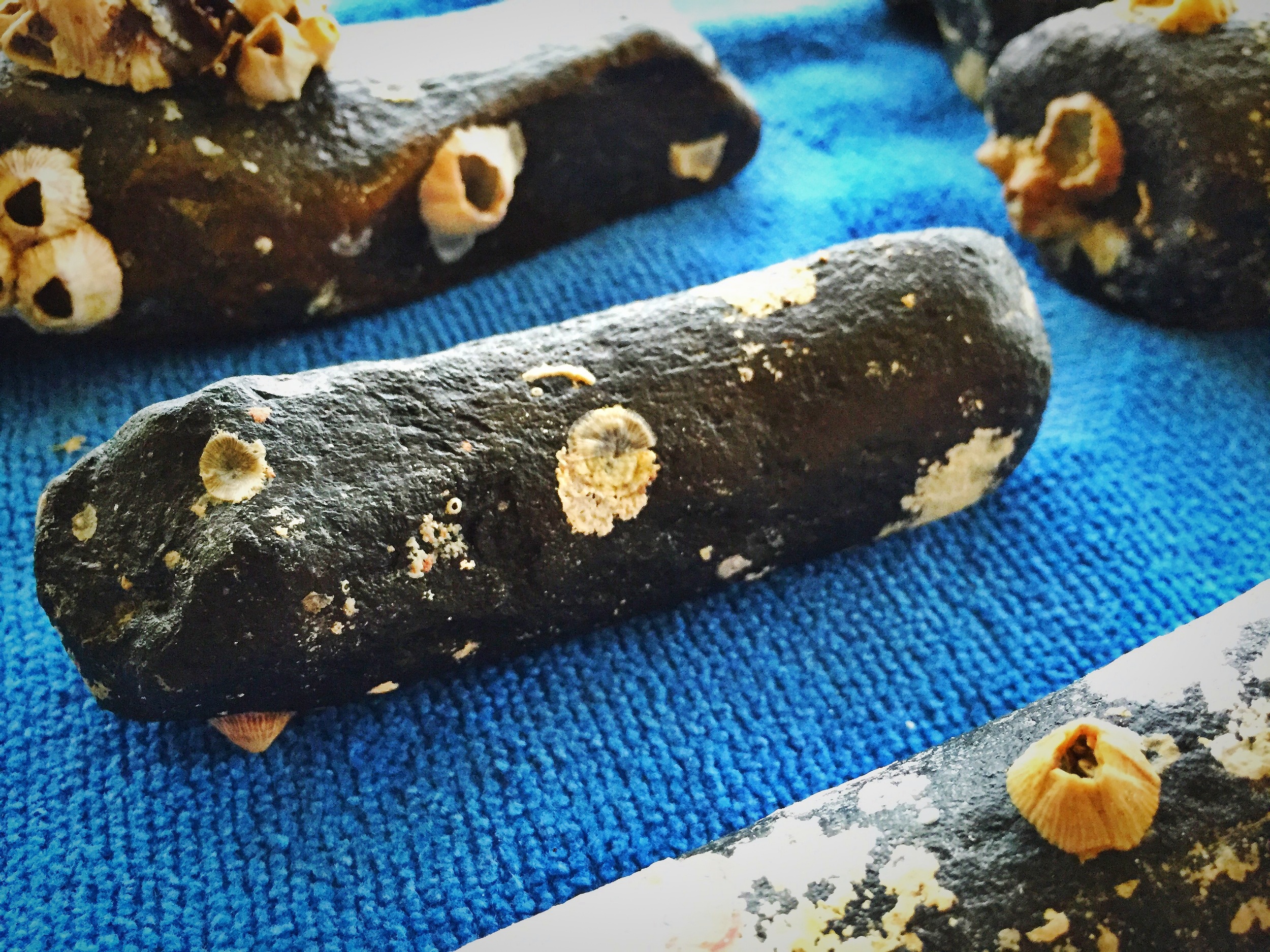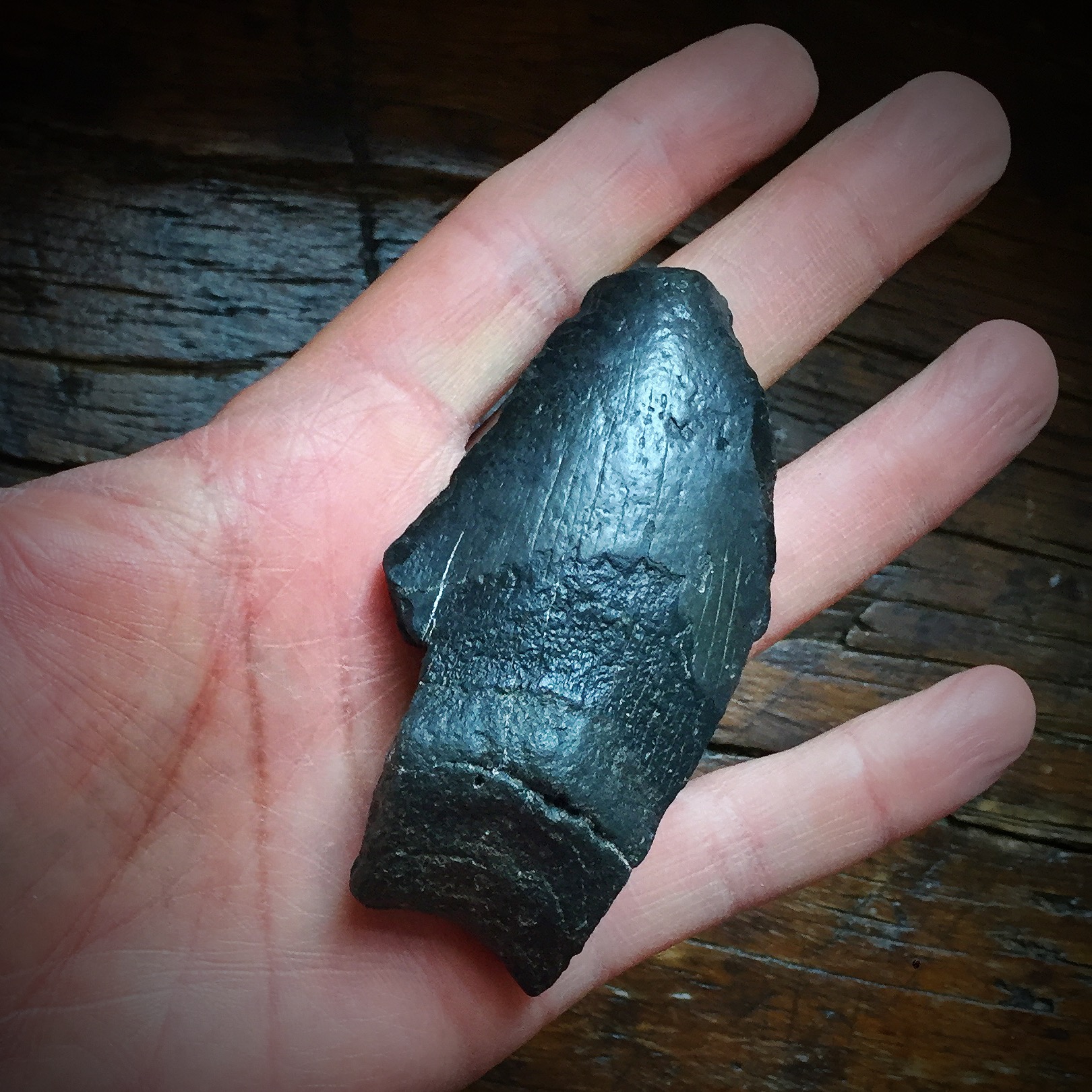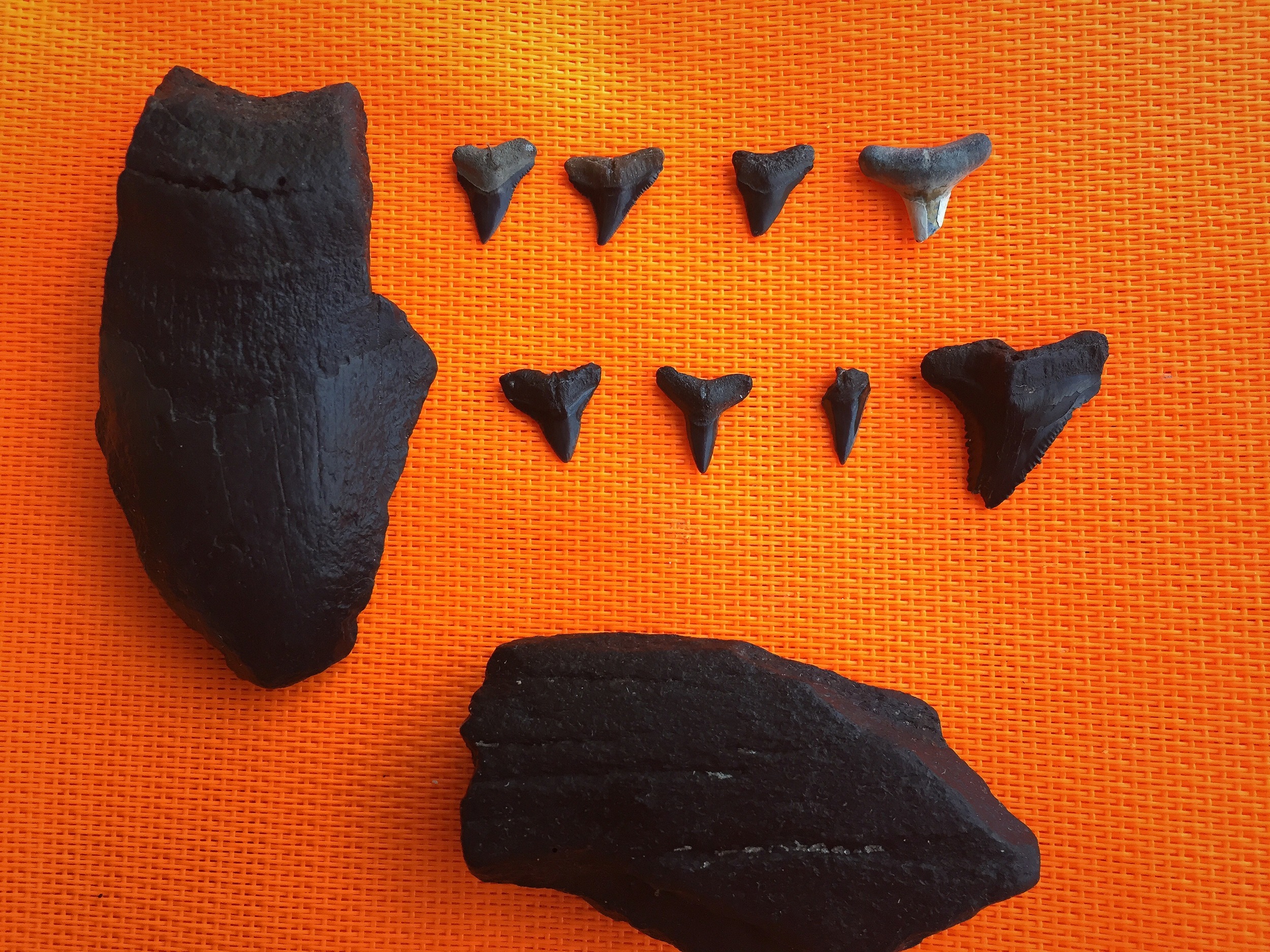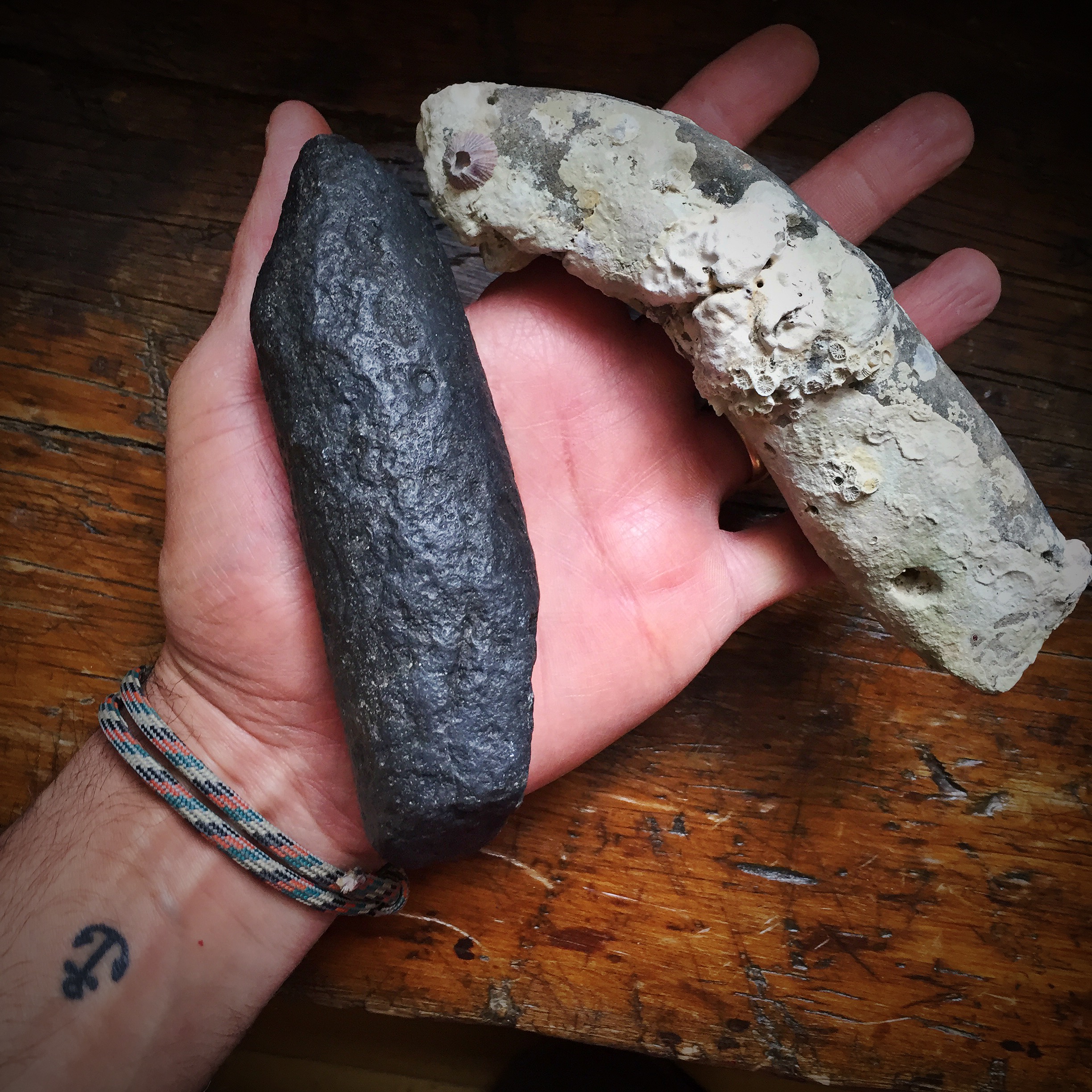Fossil Diving! Venice, Florida! Right on!
/So you probably know Venice, Italy – with its wonderful canals and gondolas. And you probably know Venice, California – with its wonderful canals and roller skate dancers with their comically ambitious boob jobs. But whatcha know about Venice, Florida?
Venice is a smallish town/series of interstate exits between Fort Meyers and Tampa. Like much of Florida, there doesn't seem to be much happening away from the water. But the beaches of Venice, and the waters offshore, give it the absolute finest tagline for a city that I've ever heard: "Shark Tooth Capital of the World." And as if shark teeth aren't cool enough, these Venice shark teeth are fossils.
I know! My 12-year-old-boy brain reels!
So why are there fossils in Venice, Florida? It's time for a quick lesson in paleontology. If you're turned on by big words, darling, make yourself comfortable. This is gonna get kinky.
During the Cretaceous period (50 million years ago), Florida was under water. During the Oligocene (30 million years ago), sea levels began to drop and north central Florida became an island. Then during the Miocene (20 million years ago), that land mass...
Geez louise. tl;dr. Prehistoric geology evidently isn't my kind of kink. Here's a link if you wanna learn more. But in a nutshell: the dry parts of Florida used to be wet, and the wet parts of Florida used to be dry. Go back and forth like this for tens of millions of years and, I don't know, evidently you get fossils.
So back to Venice. Five years ago we visited Casperson Beach (which is a real beauty) to look for shark teeth. They're laying and/or buried along the water's edge – pointy little black or grey buggers that you find by sifting through the sand. Looking for them was a perfect activity for my kids who were 8 and 11 at the time. It's a perfect activity for you too if you like to pair your OCD with a little sand and sun. Over the course of an afternoon we found 50 or so fossilized teeth: a mix of mako, lemon, and bull shark mostly.
If you want the big stuff (megalodon teeth, mammoth fossils, etc.), I was told at the time, you need to do a dive boat off shore. This year, that's finally what I did. Because, you know, I want the big stuff.
So two weeks ago I boarded the Hammerhead, a 31 foot dive boat run by Megaladon/Florida West Charters (who I'd definitely recommend). We left the harbor around 7:45 am with 10 divers total, for a 20 minute boat ride to an area called "the boneyard." On the way out, Captain Dan did a nice session on what we were looking for, why it was all there, and so on. Then we anchored and in we went. It's an easy two-tank dive, relatively shallow (30 feet) with no current. Visibility was only 4 feet or so (due to storms), but no big deal since you're looking right in front of you the whole time anyway.
So yeah! You creep along the bottom carefully peeping at every damn thing you can find. Every now and again, one of the things turns out to be a shark tooth or a dugong rib from a 14 million year old manatee. New fossils reveal themselves in the shifting sand over time (the sea is a bit OCD herself), so there's always plenty down there if you're patient/lucky.
Over the course of 90 minutes or so, I found more than a dozen dugong rib pieces (heavy and black as night) and other fossils including jaw bones from whales and grind plates from rays. I found a bunch of fossilized shark teeth too, including one big megalodon tooth.
The best discovery, though, was this: I also found a dive partner. Because when I got back, I barely got done laying out the fossils when my 13-year-old son Tobias asked... "How old do I have to be to go scuba diving?"
VICTORY AT SEA!!!
So this past weekend he did a Try Scuba class at a local pool and loved it. (35 bucks all gear included!) He's starting online classes now and should be certified in time for our trip to St. John in July.
That right there is about as good as it gets.
If you have any questions about diving for shark teeth in Venice, or Try Scuba classes, hit me up in the comments! I'd be happy to share what I know.


